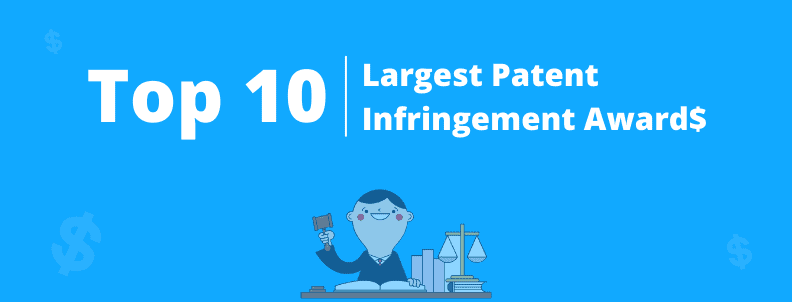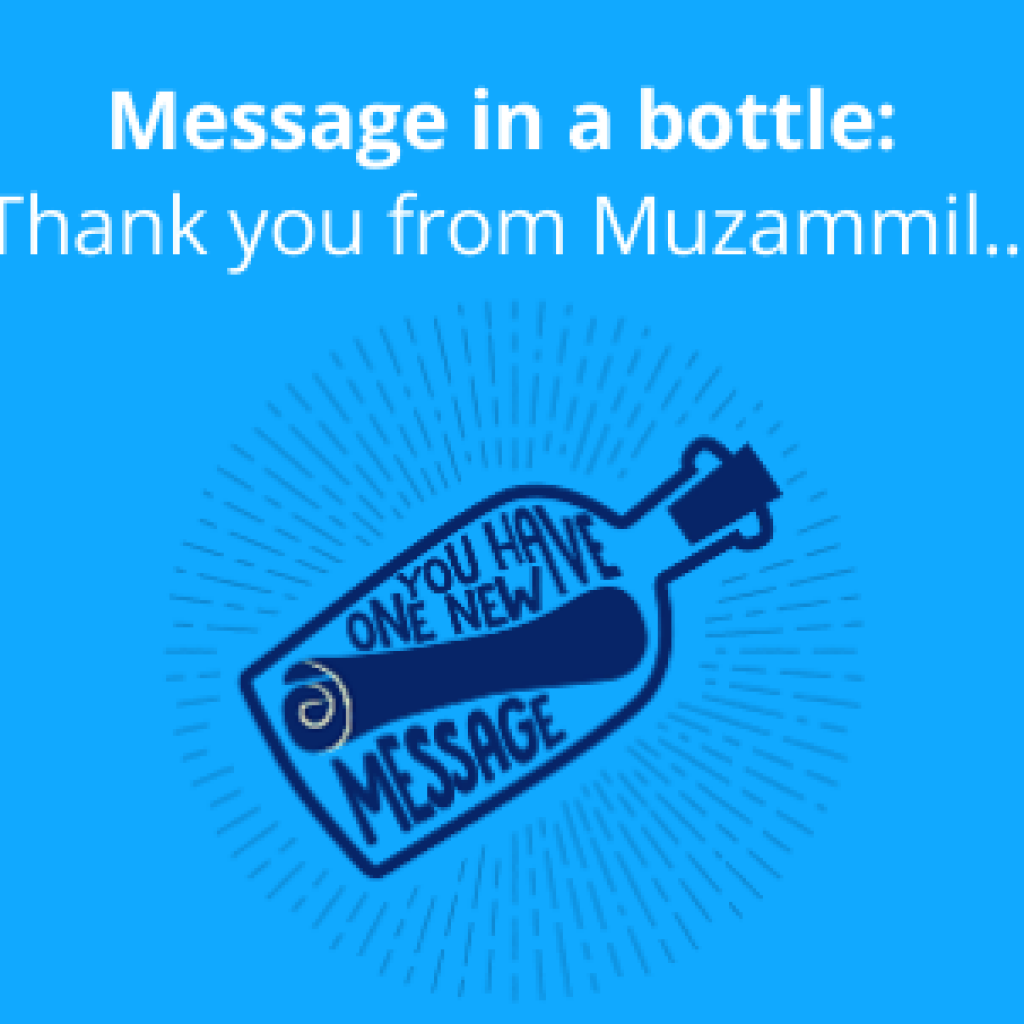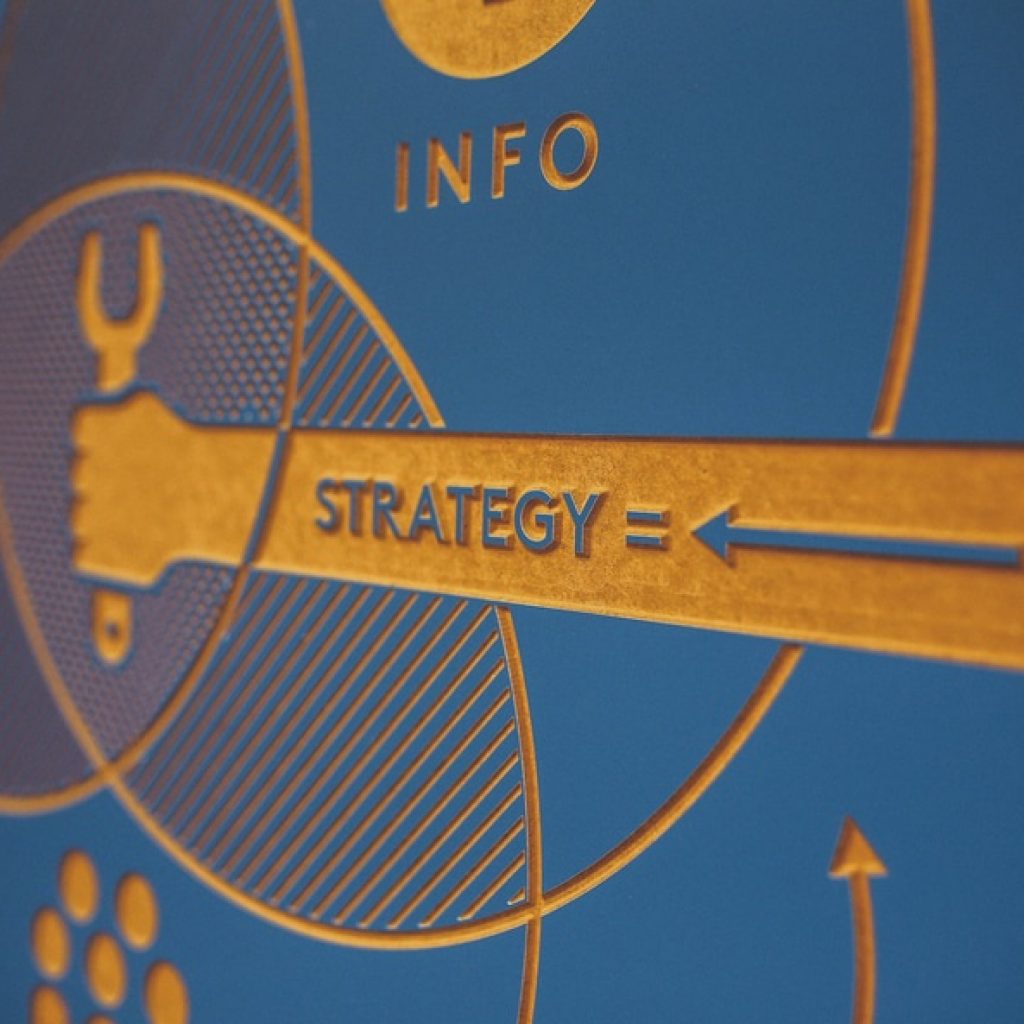Recently in March 2021, Intel Vs. VLSI made the news when the Texas court asked Intel to pay $2.18 billion to VLSI for infringing two of their patents. The amount was the second highest patent damages award in US History.
In the history of initial patent damages awarded in the US, there were few cases – including the one above – that crossed the one billion dollar mark. Yes, a billion+ dollar in initial patent infringement awards.
You are curious to know more? I got you covered.
I’ve compiled a list of all the famous patent infringement cases where the initial damages awarded crossed the one billion dollar mark, since 1991. Some among these were settled while pending appeal – CMU vs Marvell, some are still under appeal, and some got remanded or reduced – Alcatel Lucent vs Microsoft, for example.
Let’s now have a look at why judges awarded big initial patent damages first and how later a defendant decreased the amount.
1. Idenix vs Gilead Sciences Inc (2016) – $2.54B
Idenix vs Gilead is an iconic case which is full of lessons for a plaintiff as a damage seeker as well as a defendant for he can learn what mistakes to be avoided in such trials.
Andrew Carter of Ocean Tomo testified on behalf of Idenix. Using Carter’s analysis Idenix’s attorney in the opening statement explaining why they are seeking $2.54 billion as damage which was 10% royalty and not lost profit. Gilead’s damage expert countered it in the $73 million to $380 million range.
The jury awarded Idenix, after a week and a half trial, what they sought for 10% of royalty, for its infringed patent on Hepatitis C. Barry J. Herman of Womble Carlyle Sandridge & Rice LLP reviewed trial transcripts and came up with interesting lessons on how parties can approach a damages case. His analysis can be read here.
2. Intel vs VLSI Technology (2021) – $2.18 Billion
On March 3, 2021, a federal jury in Texas told Intel to pay $2.18 Billion to VLSI Technology for infringing its 8 patents related to chip-making technology.
The amount makes it the second-largest patent damage award in the US and it’s the third time in the US when a court told a defendant to pay the damages over $2 Billion. The jury recognized $1.5 Billion damages for one patent and $675 Million for another.
Intel pledged for appeal.
One of the patents was originally issued in 2012 to Freescale Semiconductor Inc. and the other in 2010 to SigmaTel Inc. Freescale bought SigmaTel and was in turn bought by NXP in 2015. The two patents were transferred to VLSI in 2019.
VLSI lawyer Morgan Chu of Irell & Manella said the patents cover inventions that increase the power and speed of processors that are a key element for competition.
3. Pfizer vs Teva Pharmaceuticals (TEVA) & Sun Pharma (2013) – $2.15B
Pfizer vs Teva was another interesting case where generic drugmakers, for the first time, paid damages for marketing a generic copy of a drug patent of which has yet to expired. This is also known as ‘at-risk launch.
Teva and Sun Pharma launched generic copies of Pfizer’s blockbuster drug Protonix in 2007 and 2008 respectively. The patent on the drug was going to expire in 2011.
Pfizer awarded $2.15B of which Teva and Sun Pharma agreed to pay $1.6 billion and $550 million respectively. Takeda received 36% of the settlement as the patent was held by Nycomed, Takeda’s Subsidiary, and was licensed to Wyeth, owned by Pfizer.
4. Centocor Inc vs Abbott Laboratories (2009) – $1.672B
Centocor had awarded $1.672 billion in 2009 when the jury found the asserted claims valid and Abbott, the defendant, liable for willful infringement. The Federal Circuit later reversed the decision as the Centocor patent was not satisfying the written description requirement. Prof Jasen of the University of Iowa College of Law has covered the case in detail here on his blog Patentlyo.
5. Alcatel-Lucent vs Microsoft (2007) – $1.5B
Alcatel-Lucent awarded $1.53 billion in the final verdict in August 2007 where it claimed that Microsoft’s Windows Media Player infringed its patents. The infringement was filed by Lucent Technologies in 2003 which later in 2006 merged with Alcatel. The infringed patent covered MP3 and MPEG encoding and compression technology.
Later in Sep 2008 after a series of events, the CAFC published its opinion and dismissed the case on two grounds. First, the CAFC found Fraunhofer was a joint developer and thus co-owner of one patent thus lacked standing to sue. Second, Alcatel-Lucent failed to prove that Microsoft used its algorithm in its products. Hence the patent was not infringed.
Something Relevant to You: Have you checked our free patent search guide that can help you conduct a patent search on your own? You can check it here: Patent Searching Guide
6. Litton vs Honeywell (1993) – $1.2B
Litton vs Honeywell is one of the most contentious legal battles in the aerospace industry of recent times. Began in 1990, the litigation took 11 years to settle in 2001.
Litton, in 1990, filed a patent infringement and antitrust lawsuit against Honeywell in the U.S. District Court in Los Angeles. It contended that Honeywell used unfair business practices and also infringed its patent disclosing the use of gyroscopes on airplanes to dominate the aircraft navigational systems market.
The federal jury concluded that Honeywell deprived Litton of $1.2 billion – $830 million till the expiration of the patent and $360 million after the expiration of the patent. The FC later affirmed that Honeywell didn’t infringe Litton’s patent and remanded for consideration of infringement under DOE. The District Court, upon remand, granted SJ and JMOL for non-infringement.
7. Carnegie Mellon University vs Marvell Technology Group (2012) – $1.17B
A federal jury in Pittsburg ordered, in 2012, Marvell to pay CMU $1.17 billion for it found Marvell infringing a pair of patents by CMU related to increasing the accuracy of reading data by hard drive circuits.
The CAFC later cut the award to $278 million and further ordered a re-trial over other damages issues. In 2016, both parties decided to settle the case at $750 million than litigating the case further.
8. Apple vs Samsung (2012) – $1.04 billion
This patent war doesn’t need any introduction. Everyone under the sun working in the field of patents knows to sue and a counter-suing game between Apple and Samsung. Apple sued Samsung in Apr 2011 for a patent infringement suit and by July 2012, both companies were involved in 50 lawsuits around the globe.
This webpage has a full history of the smartphone patent war between two giants.
9. Monsanto Company vs Pioneer Hi-Bred Int’l, Inc. (2012) – $1B
Monsanto awarded damages of $1B for a federal jury found DuPont willfully infringed Monsanto’s patent related to roundup ready soybean technology. DuPont already was a licensee of the patents but it modified the seed which was not part of the licensing agreement.
Later in 2013, both companies entered into a new licensing deal where DuPont agreed to pay Monsanto $1.75 billion. Further, the companies dropped patent infringement and an antitrust lawsuit against each other.
10. Polaroid vs Kodak (1991) – $925M
This again was one of the famous patent battles where huge damages were sought for patent infringement. Polaroid sued Kodak for infringing its 12 patents covering instant photography technology and sought triple damages which were amounted to $12 billion. Various WSJ analysts expected $1.5 billion to $2 billion awards.
In October 1990, Kodak was ordered to pay Polaroid $909 million in damages which later get amended to $925 million with interest. A little less than a billion dollar, but a haughty good sum for the 90s era.
This gets us to the end of our list. Would there be any cases in future with higher amounts? It’s a matter of time. But do you wonder how these damages are determined? I can help you get answers. Read this next : How Are Damages Determined For Patent Infringement In the US?
Authored By: Vipin Singh, Market Research.









